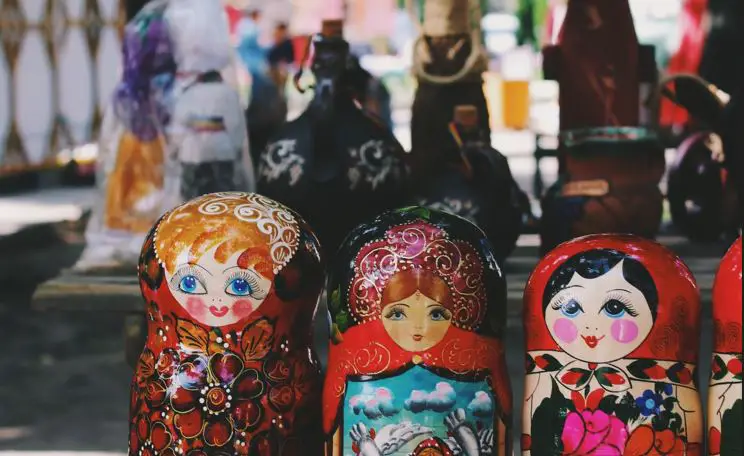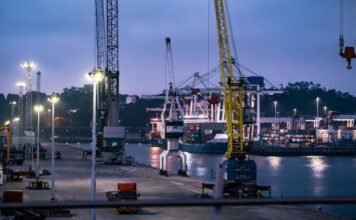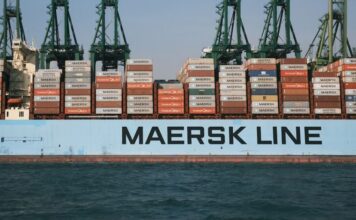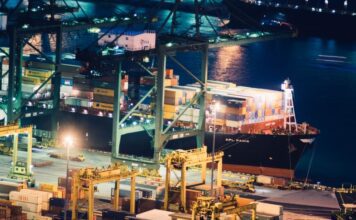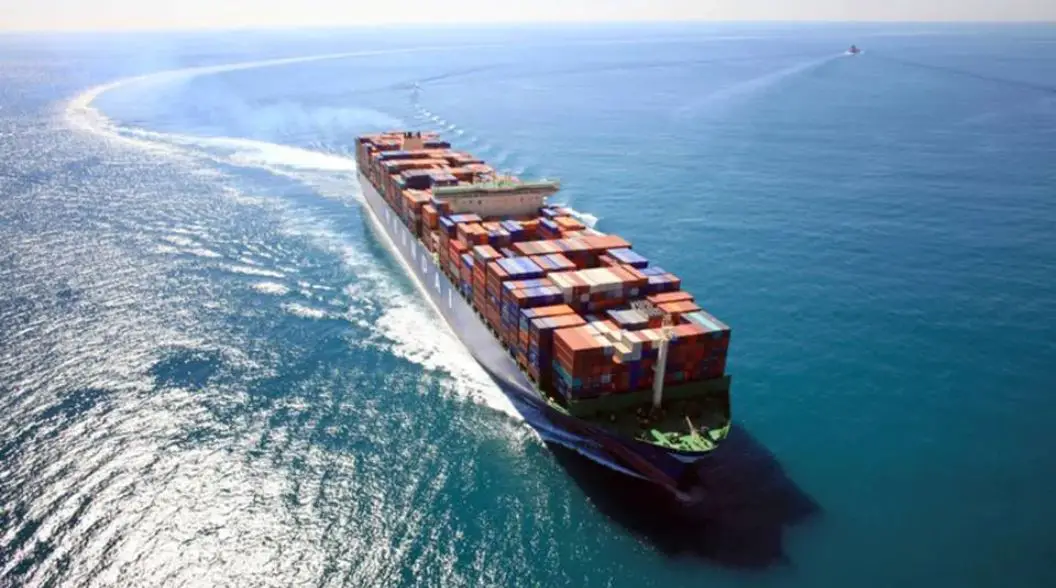What are the Main Products Russia Produces and Exports?
Many, from oil and wheat to aircraft and software. Russia has the knowledge and skill to produce a very wide variety of things.
Russia’s biggest export products by value in 2020 were crude oil, refined petroleum oils, gold, coal and wheat. In aggregate, those major exports accounted for 46.6% of overall exports sales from Russia. That percentage suggests a relatively concentrated range of exported goods.
The following is an overview of exports in monetary terms:
Largest export commodities of Russia in 2019, by export value (in billion U.S. dollars)
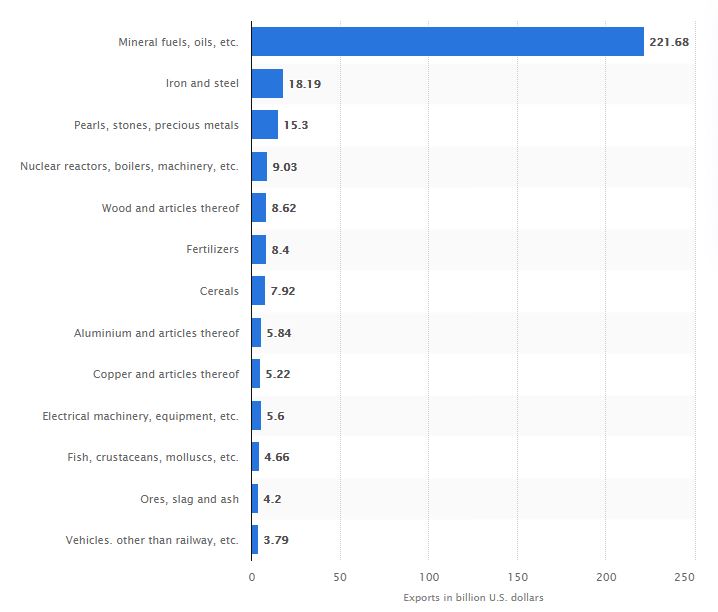
Wheat

The country’s wheat harvest for MY 2021-22 has almost concluded. It harvested 78.1 million mt wheat as of Nov. 12, over 11% below the 87.9 million mt produced during the same period in the previous year, according to its agricultural ministry.
Around 46.7% of the wheat harvest was of fair quality, while around 12.5% was of inferior quality, according to the Russian Federal Service for Veterinary and Phytosanitary Surveillance.
Russia’s wheat output is expected to decline in MY 2021-22, due to adverse weather conditions, particularly in the Urals and Volga regions.
Platts Analytics has projected Russia’s wheat crop at 77.6 million mt in MY 2021-22. Russia harvested 85.9 million mt of wheat in MY 2020-21.
According to Bloomberg, Russian wheat is being bought by half of the world. Egypt alone paid $ 1 700 000 000 in 2017 just for wheat. Indeed, given that European Russia (where everybody lives) is a flat terrain with a fertile soil, why not grow food there?
Gems, precious metals
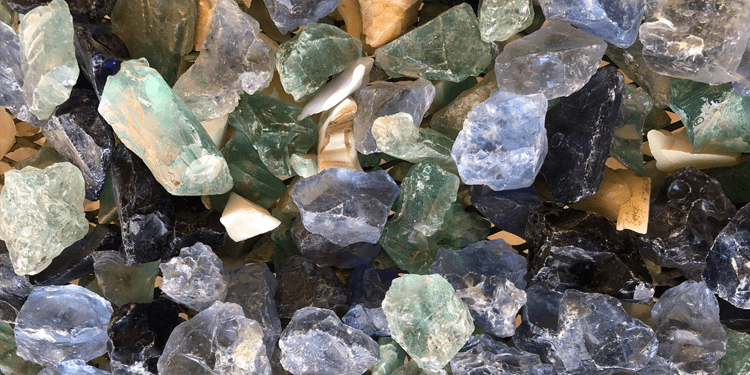
Gems and precious metals was the fastest grower among the top 10 export categories, up by 98.9% from 2019 to 2020 propelled by greater international sales of gold and platinum.
Automotive industry
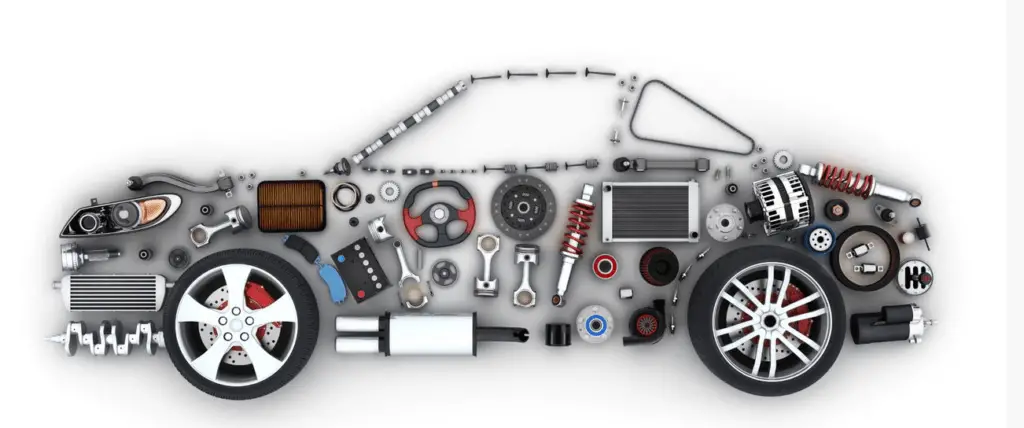
Automotive production is a significant industry in Russia, directly employing around 600,000 people or 1% of the country’s total workforce. Russia produced 1,767,674 vehicles in 2018, ranking 13th among car-producing nations in 2018, and accounting for 1.8% of the worldwide production.
The main local brands are light vehicle producers AvtoVAZ and GAZ, while KamAZ is the leading heavy vehicle producer. Eleven foreign carmakers have production operations or are constructing their plants in Russia.
Sunflower Seeds
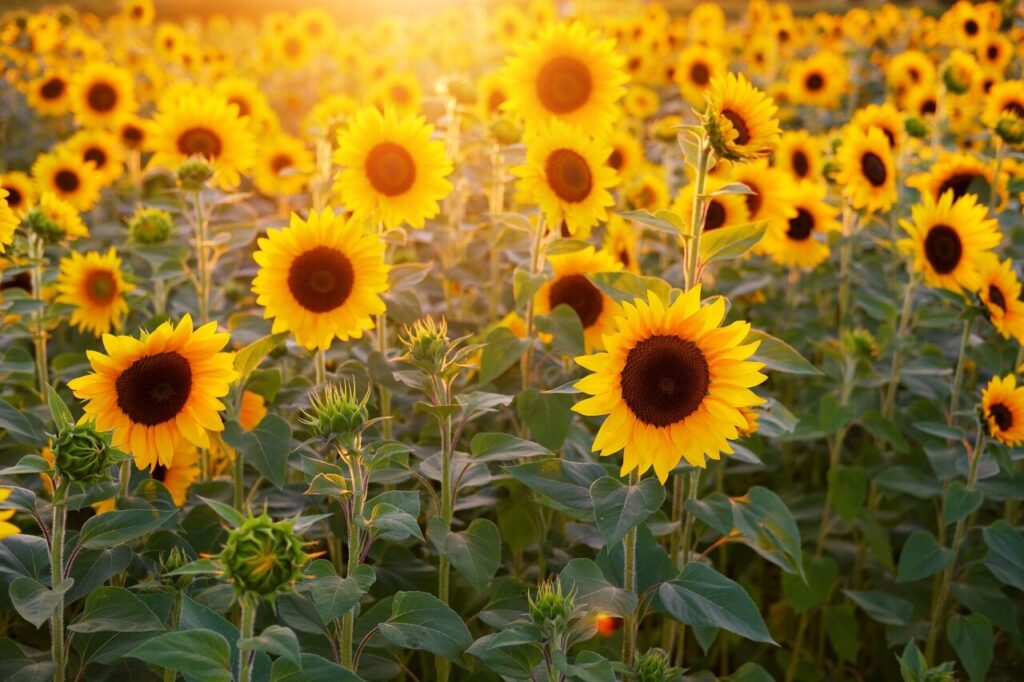
In 2019, global production of sunflower seeds was 56 million tonnes, led by Russia and Ukraine with 55% of the world total combined.
Sunflower seeds are more commonly eaten as a snack than as part of a meal. They can also be used as garnishes or ingredients in various recipes. The seeds may be sold as in-shell seeds or dehulled kernels. The seeds can also be sprouted and eaten in salads.
When in-shell seeds are processed, they are first dried. Afterwards, they may also be roasted or dusted with salt or flour for the preservation of flavor.
Sunflower seeds sold by the bag are either eaten “plain” (salted only) or with a variety of flavorings added by the maker. Some of these flavors include barbecue, pickle, hot sauce, bacon, ranch, and nacho cheese, as well as others.
Machine building
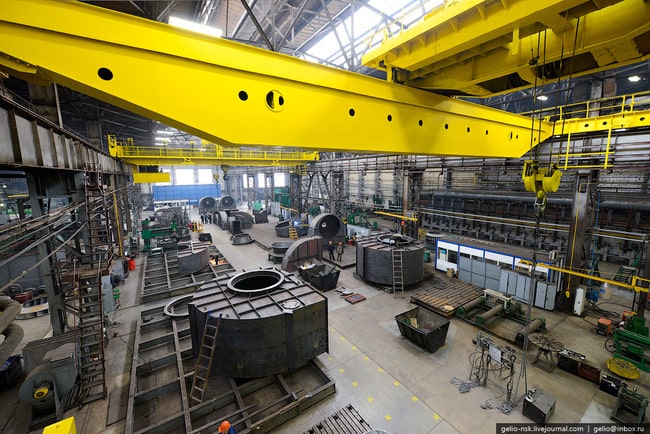
Russia’s machine-building industry provides most of the country’s needs, including steam boilers and turbines, electric generators, grain combines, automobiles, and electric locomotives, and it fills much of its demand for shipbuilding, electric-power-generating and transmitting equipment, consumer durables, machine tools, instruments, and automation components.
Russia’s factories also produce armaments, including tanks, jet fighters, and rockets, which are sold to many countries and contribute significantly to Russia’s export income. Older automobile factories are located in Moscow and Nizhny Novgorod; the largest plants are those at Tolyatti (near Samara) and at Naberezhnye Chelny (in Tatarstan; a heavy truck factory).
Smaller producers of road vehicles are in Miass, Ulyanovsk, and Izhevsk.
Fishing industry
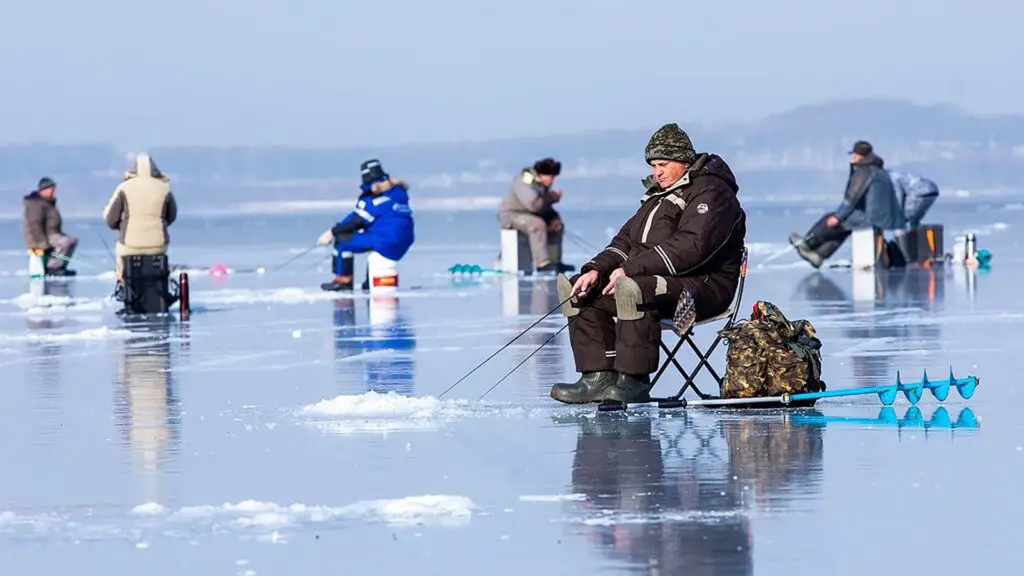
The coastline of the Russian Federation is the fourth longest in the world after the coastlines of Canada, Greenland, and Indonesia. The Russian fishing industry has an exclusive economic zone (EEZ) of 7.6 million km2 including access to twelve seas in three oceans, together with the landlocked Caspian Sea and more than two million rivers.
According to the FAO, in 2005 the Russian fishing industry harvested 3,190,946 tonnes of fish from wild fisheries and another 114,752 tonnes from aquaculture. This made Russia the ninth leading producer of fish, with 2.3 percent of the world total.
